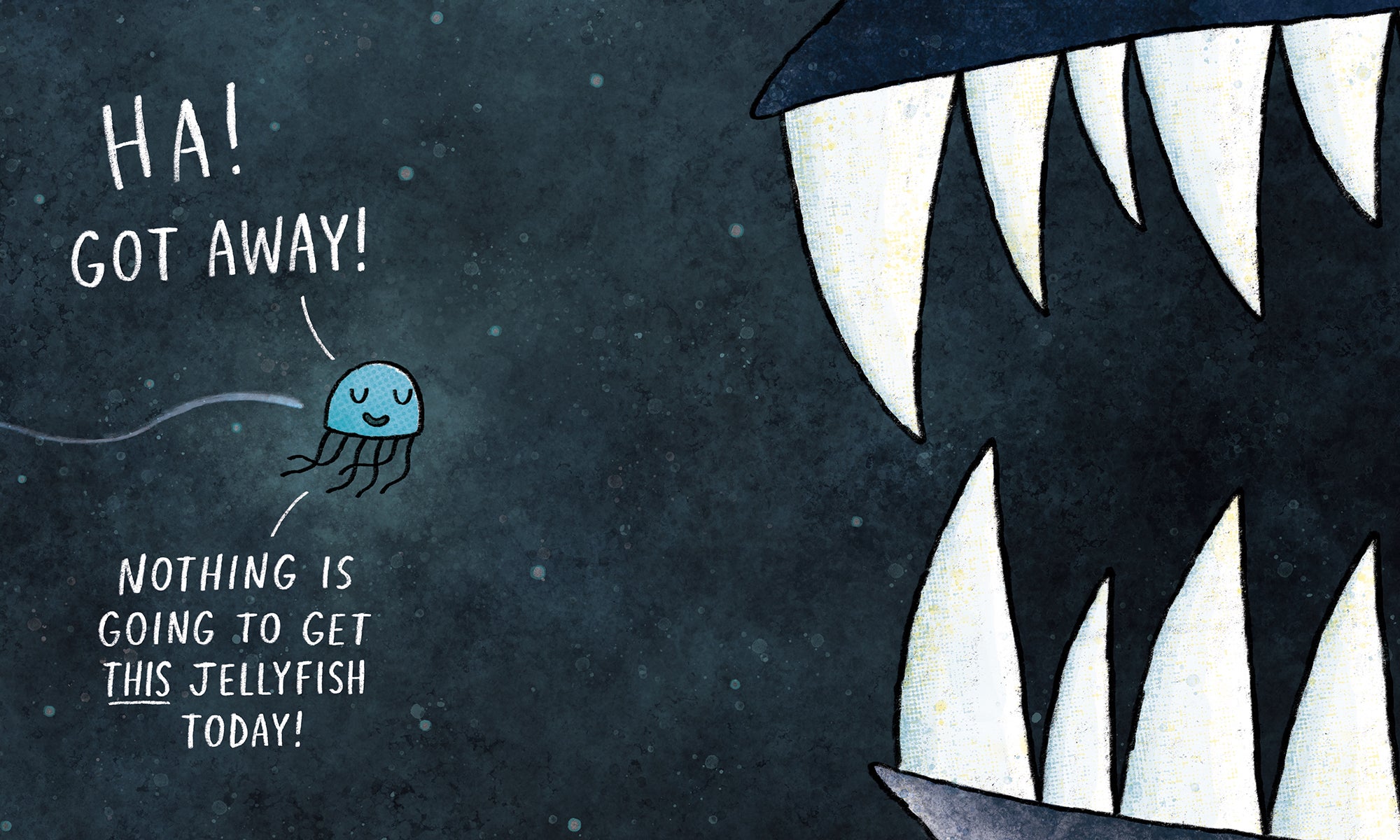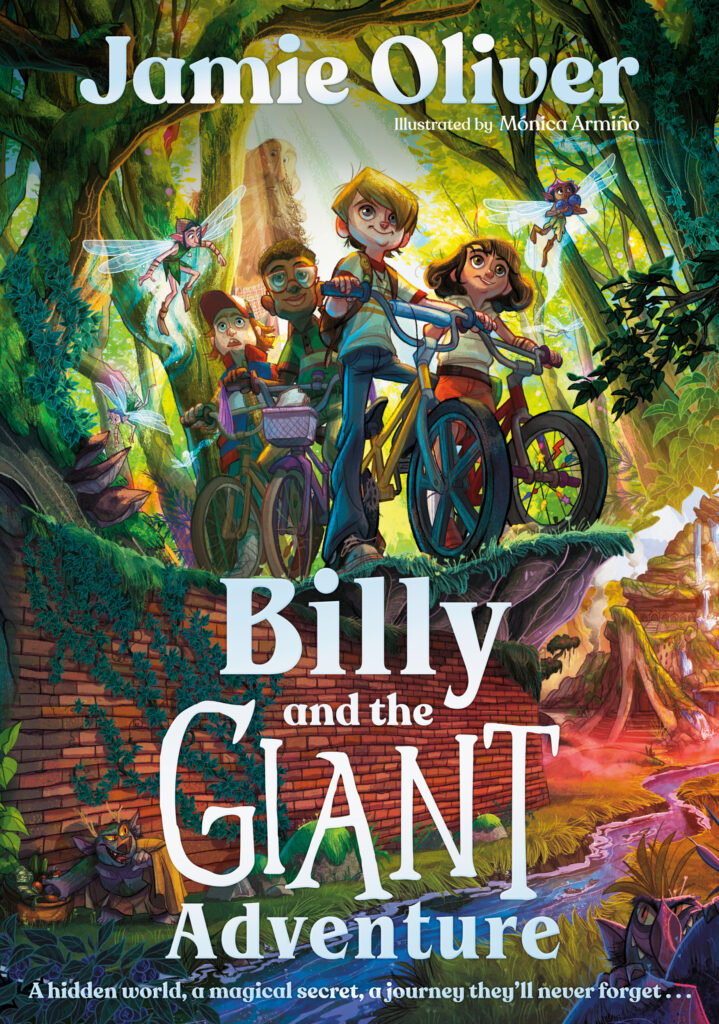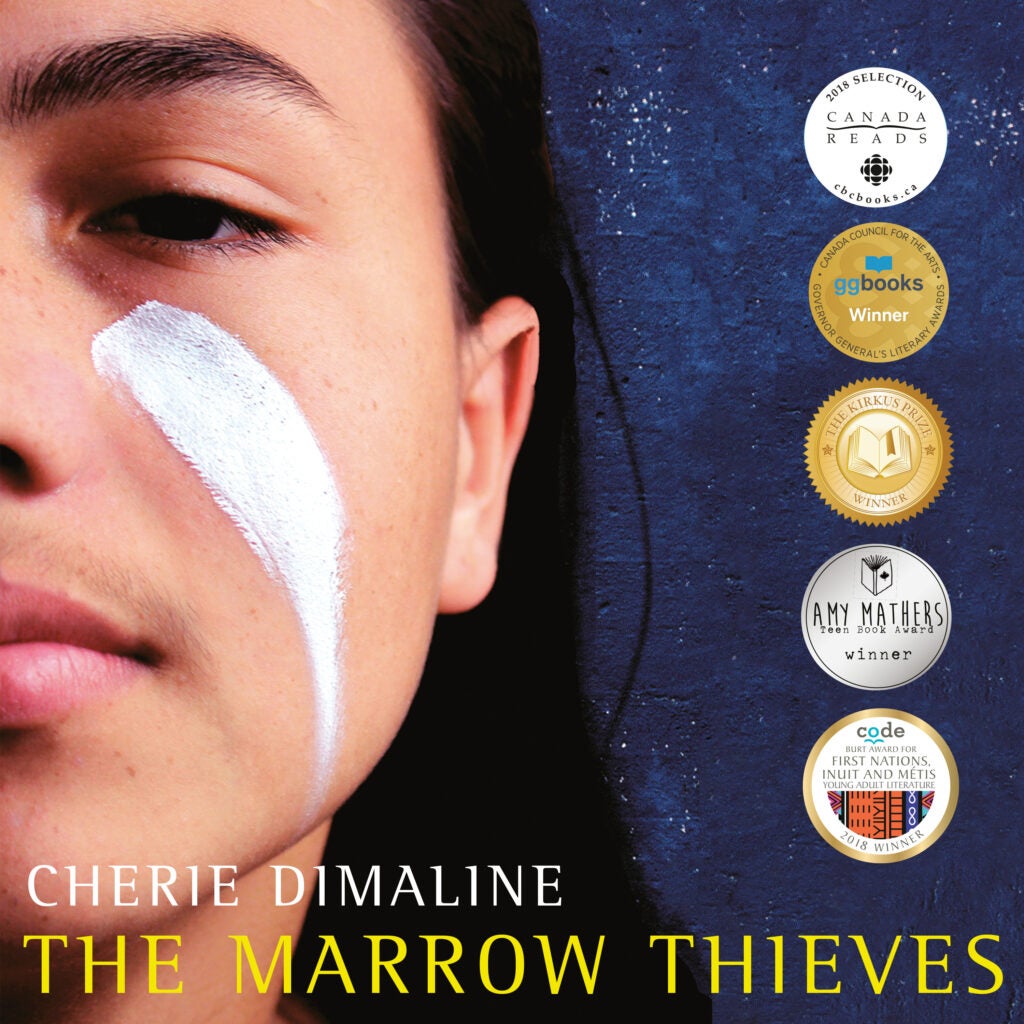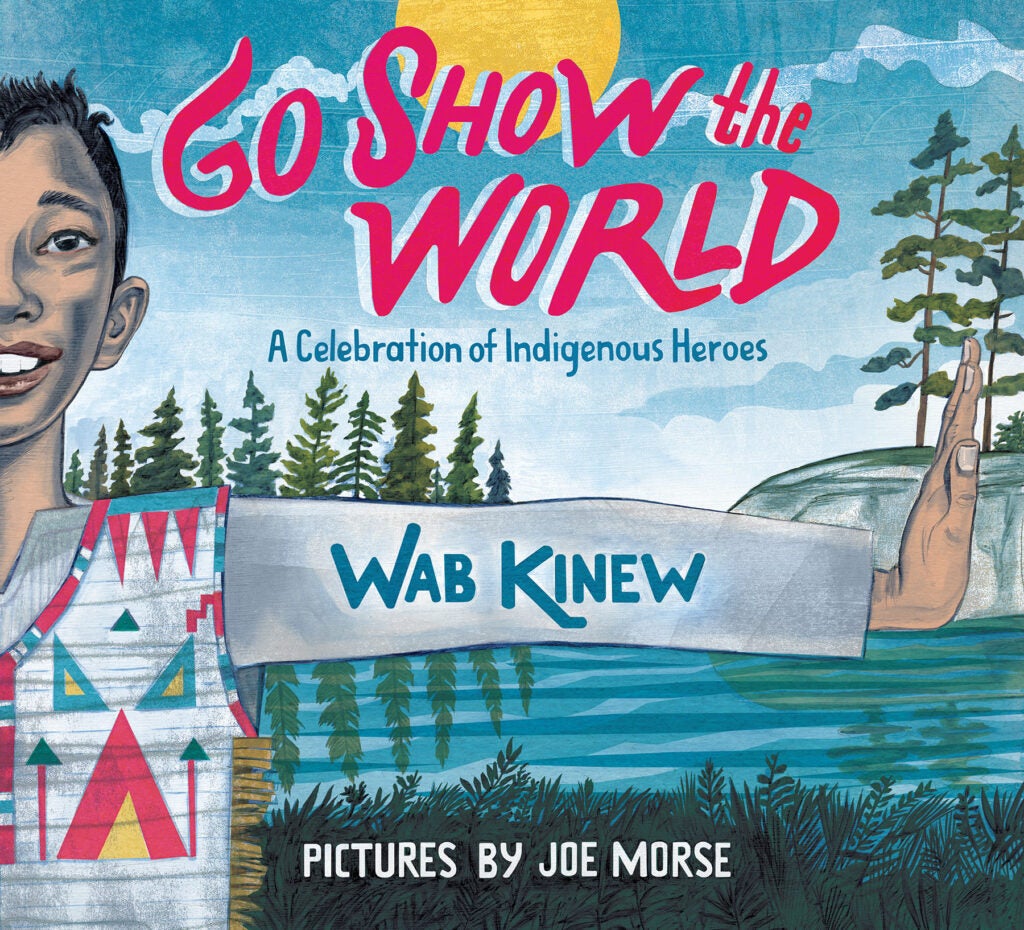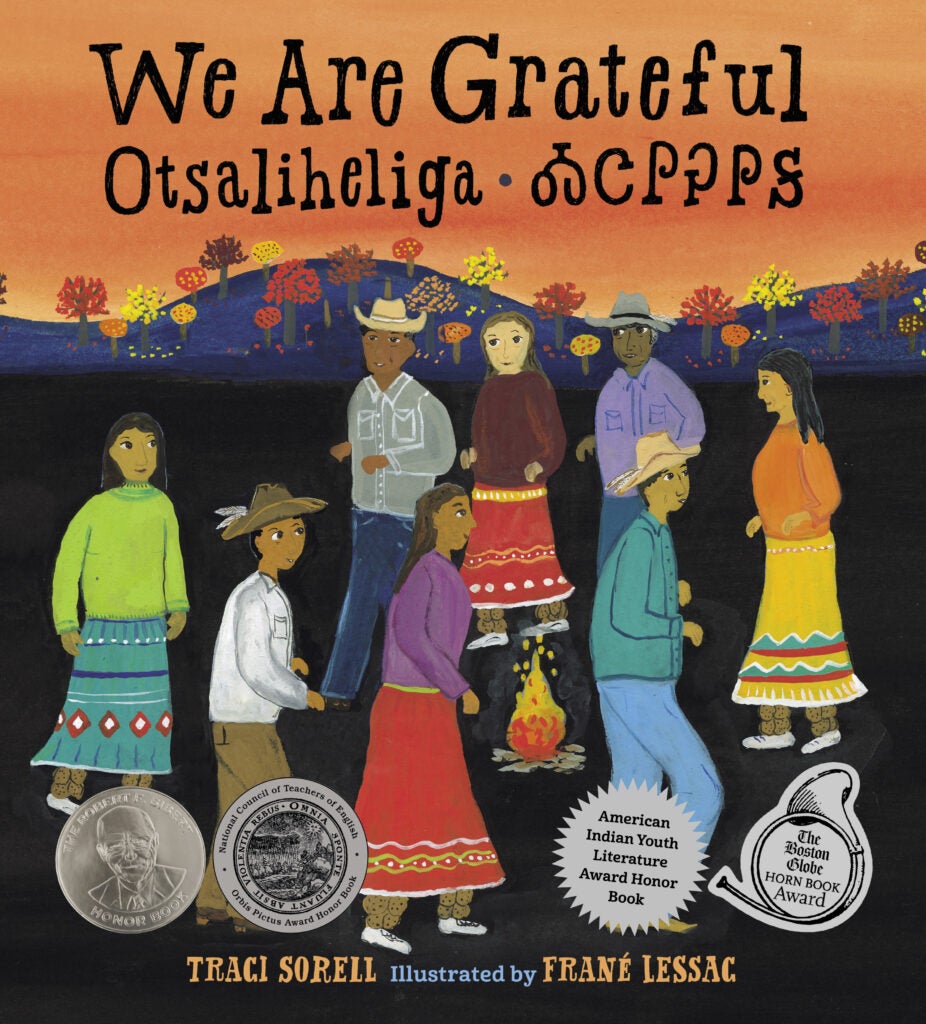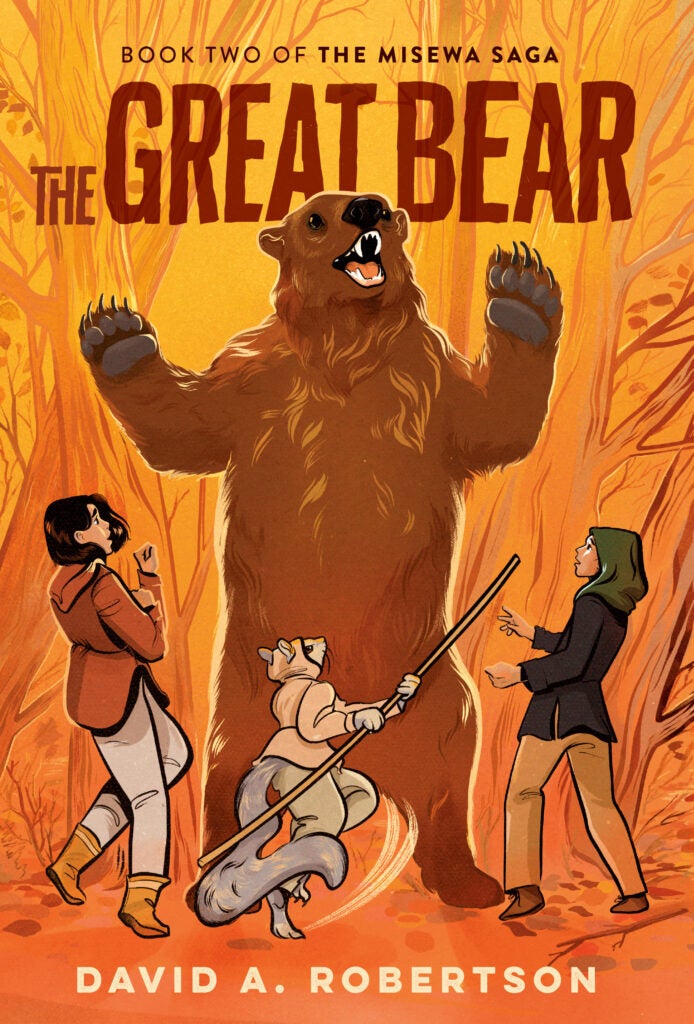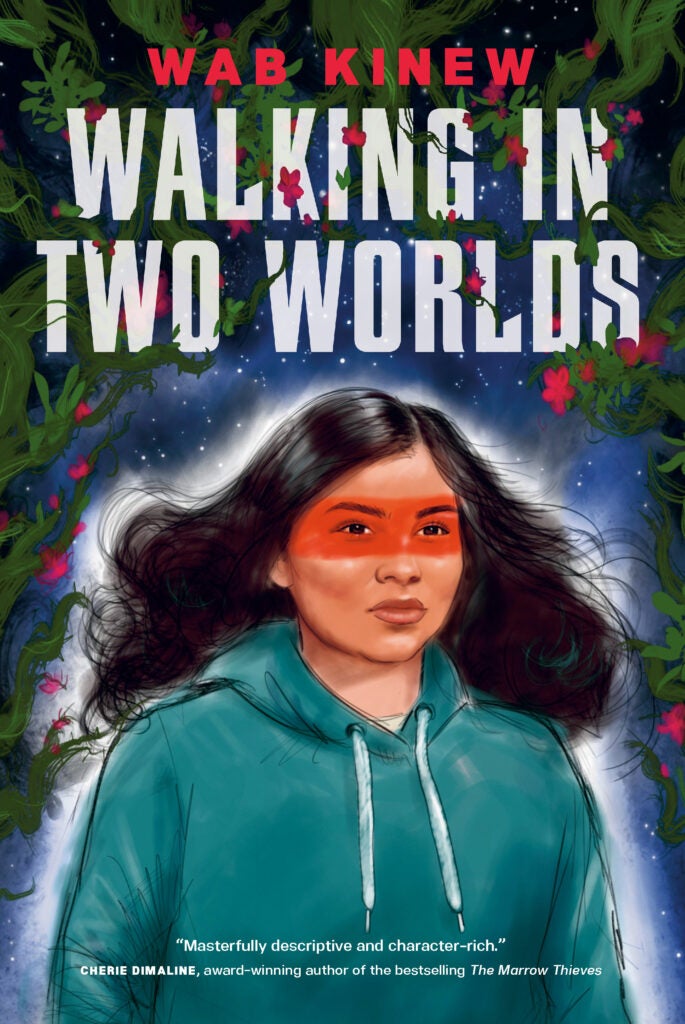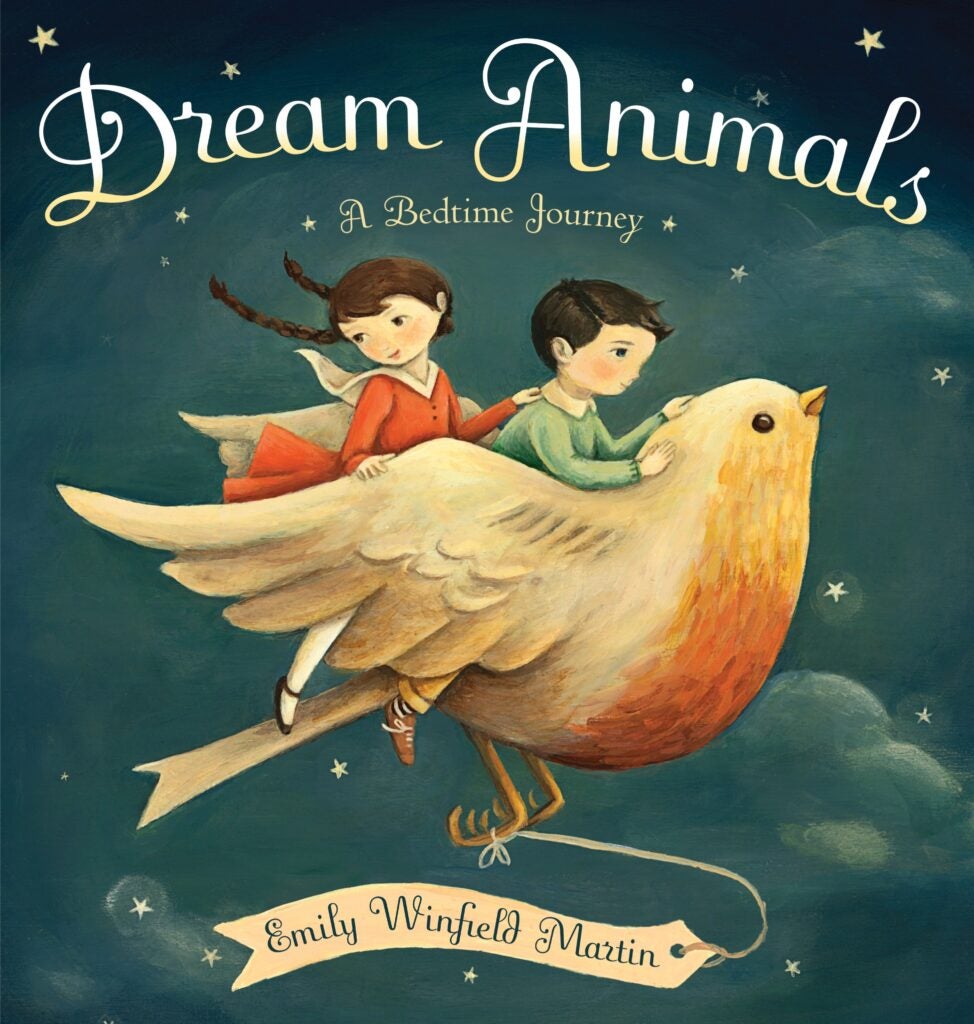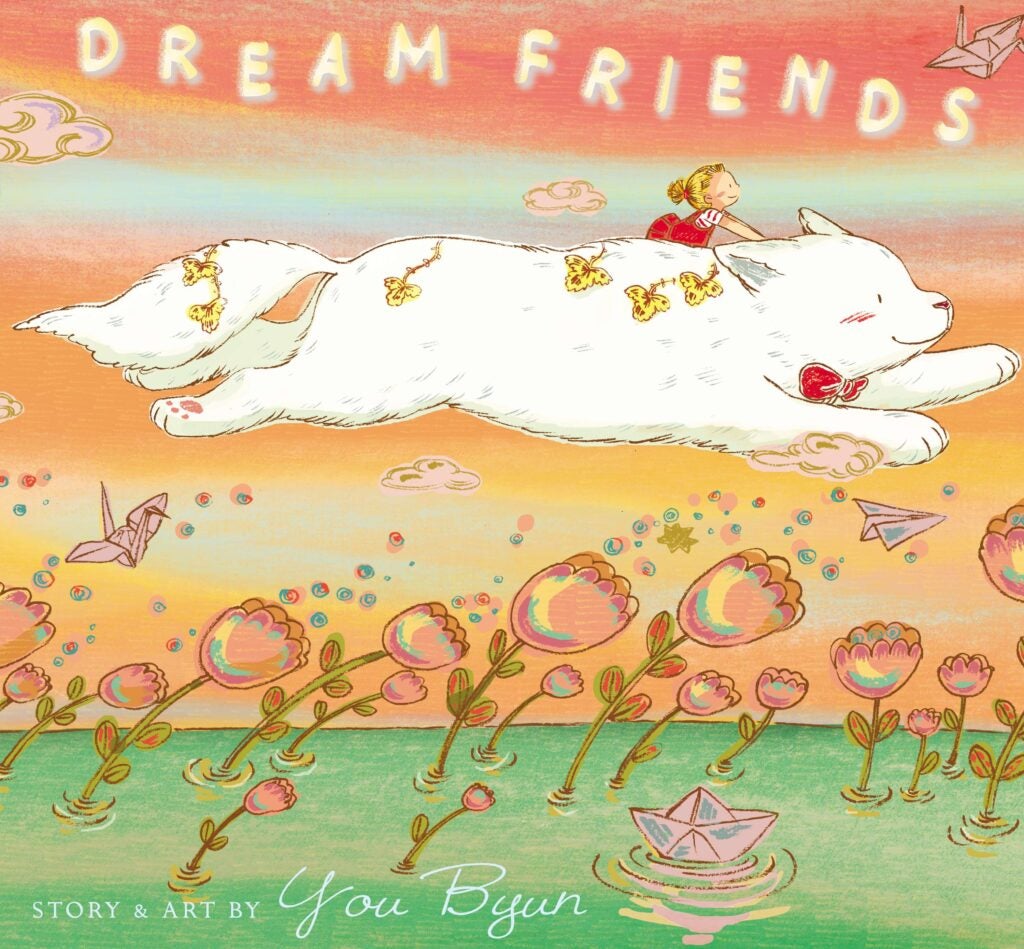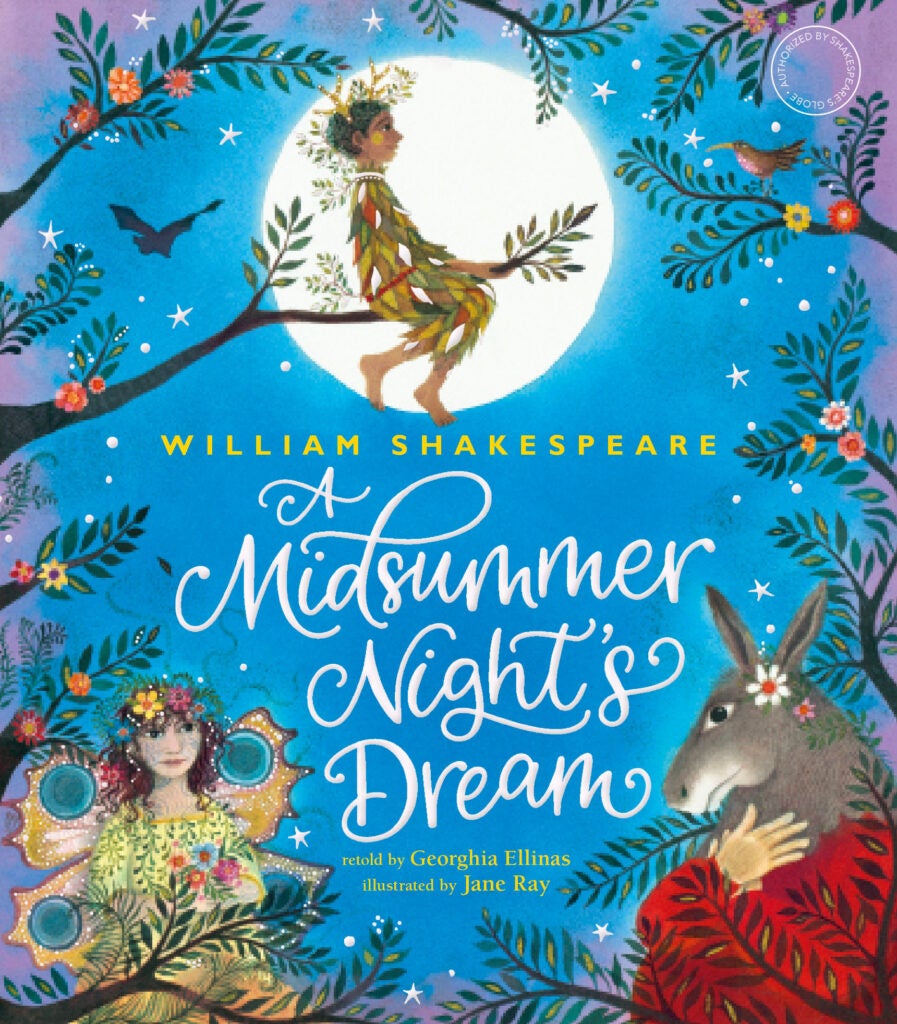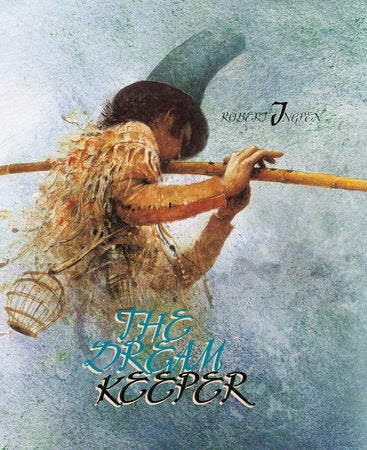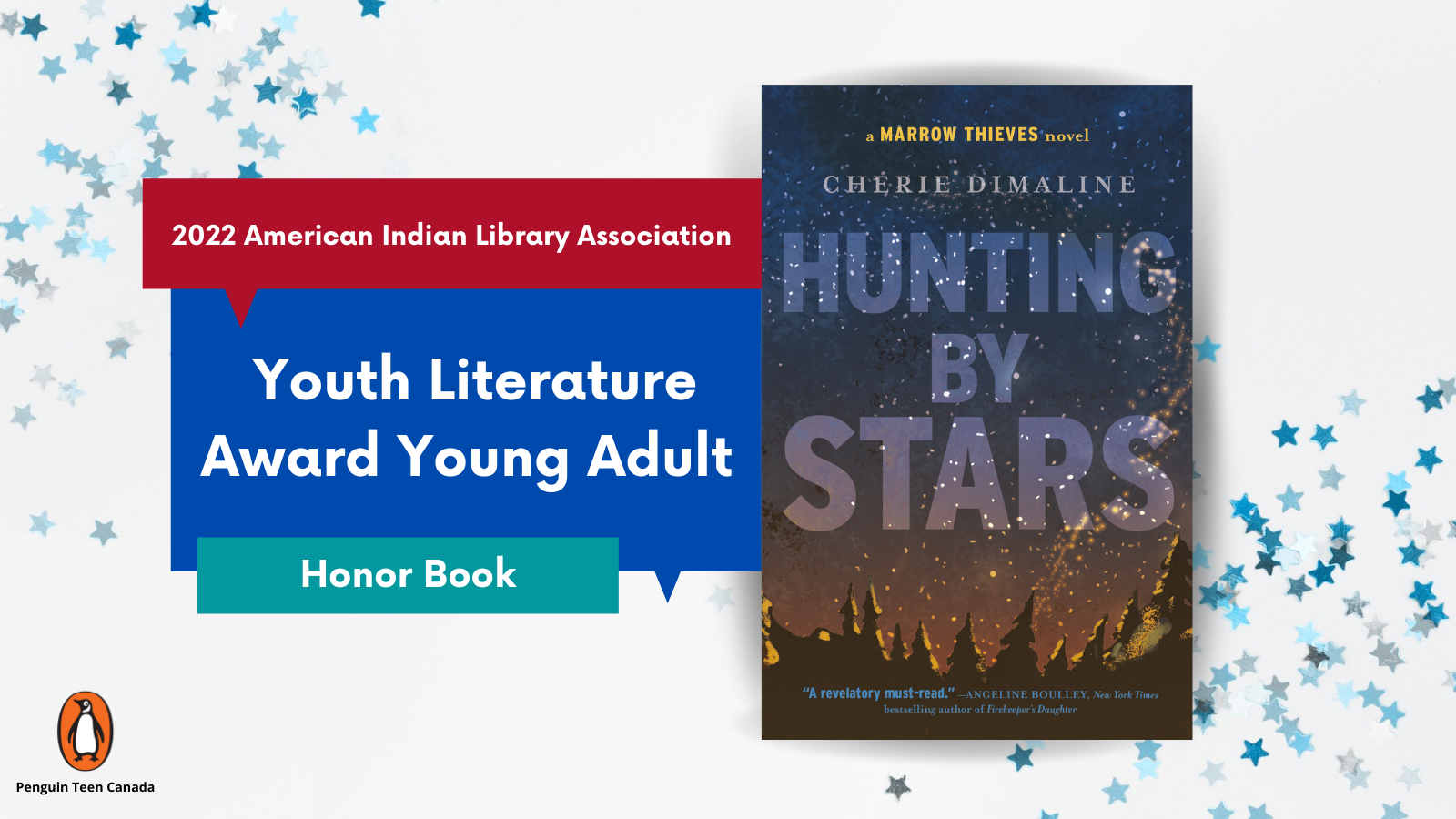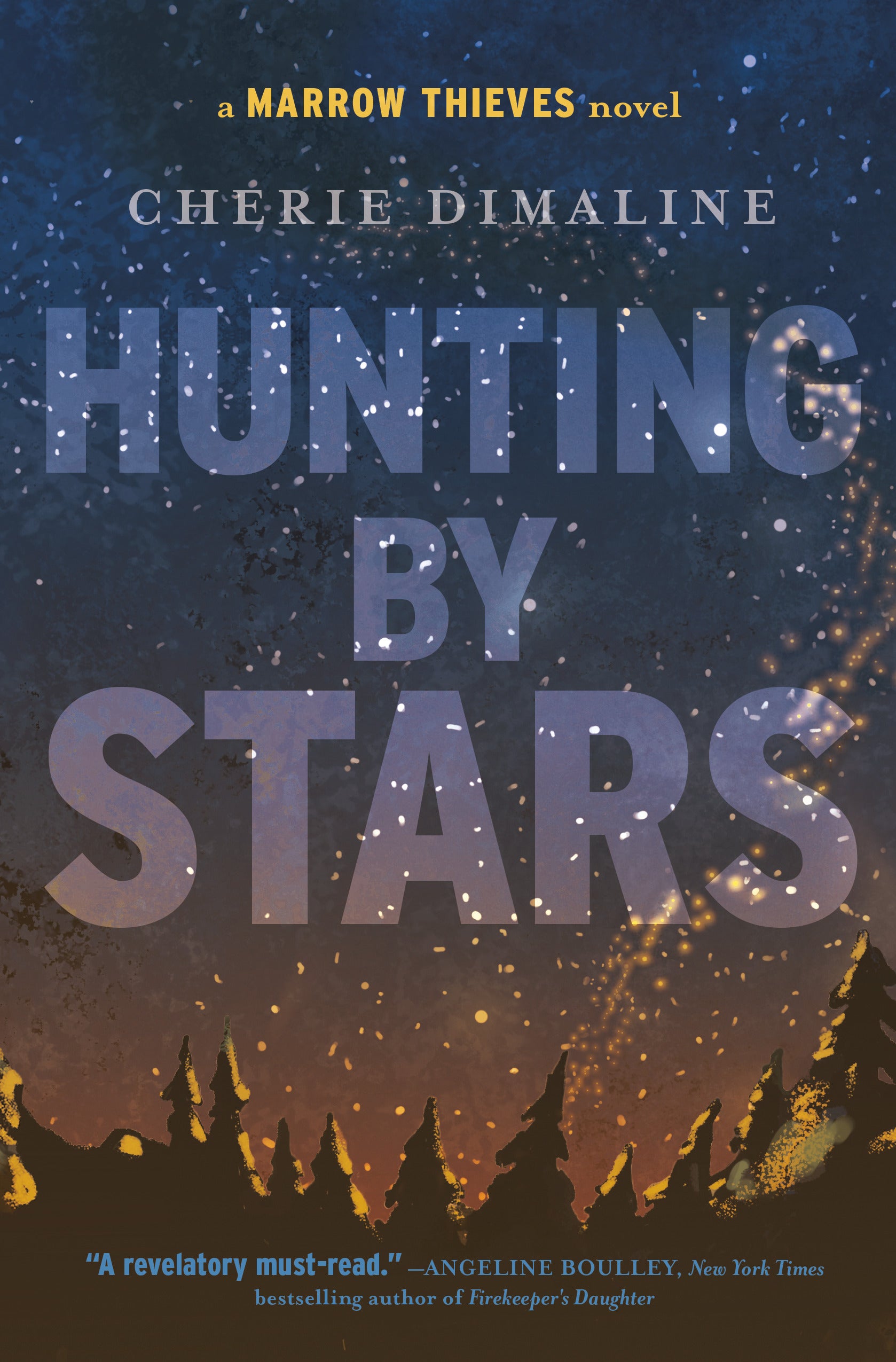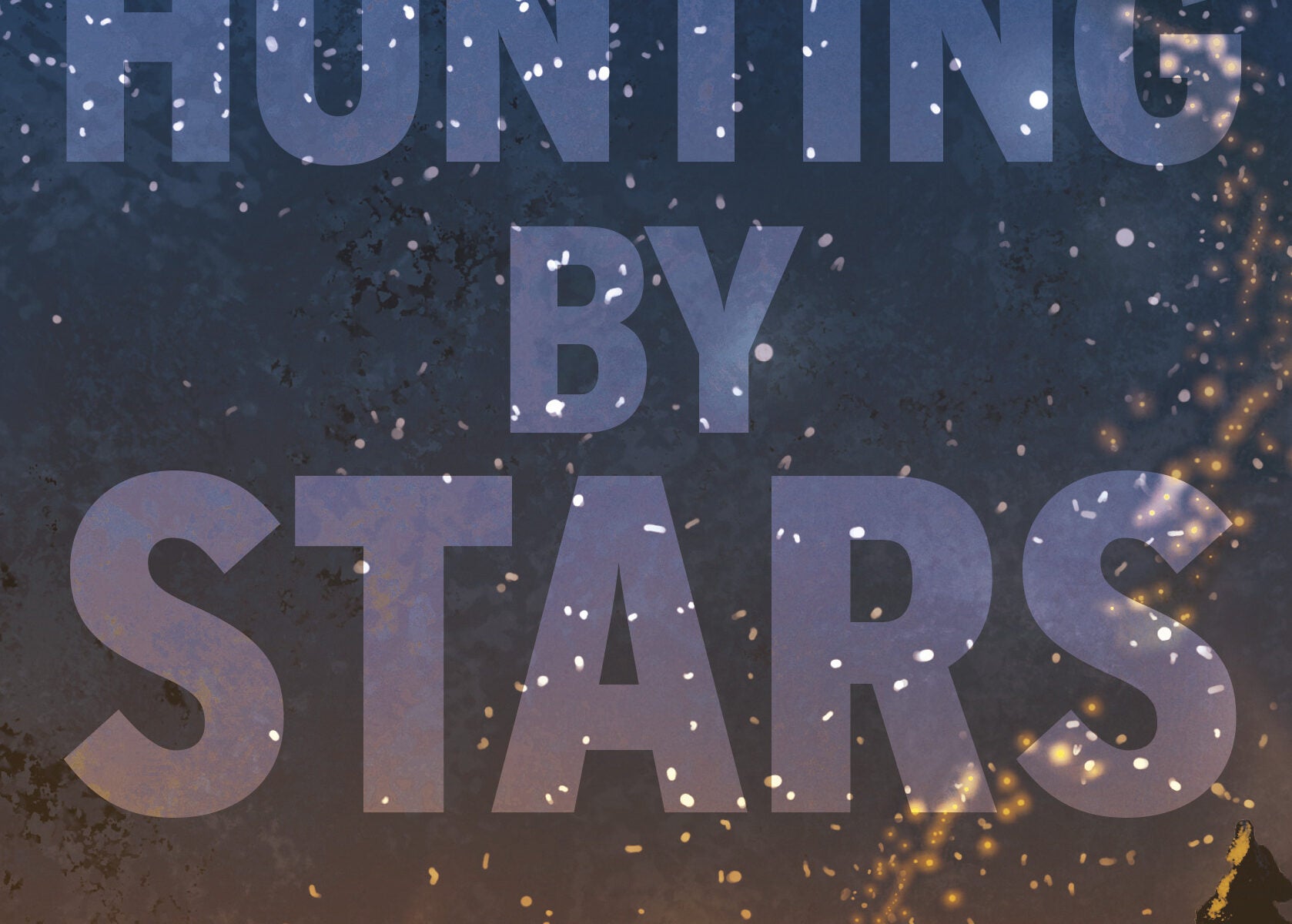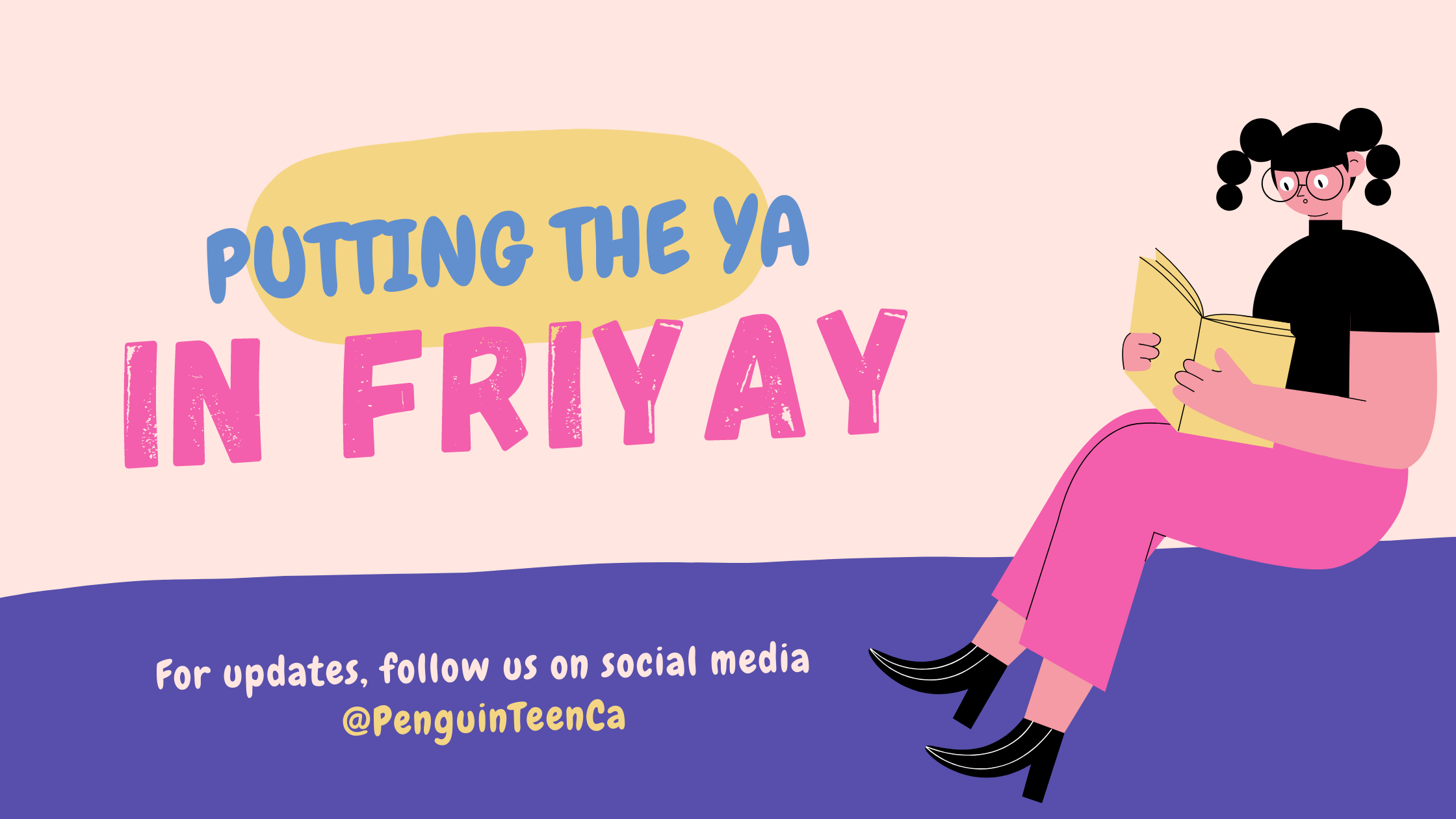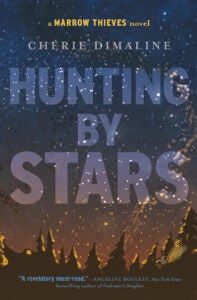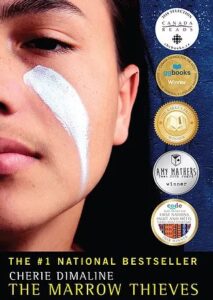Hello, and thanks for joining us at Tundra Telegram, the column where we reflect on the topics that are currently running through our minds, and kindly recommend some books we think might mesmerize you.
After years of false starts and dashed hopes, fans of Neil Gaiman’s beloved and acclaimed The Sandman comic series finally got the chance to see the television adaptation when it premiered on Netflix this past weekend. Starring Tom Sturridge as Dream / Morpheus, Kirby Howell-Baptiste as Death, Gwendoline Christie as Lucifer, and partially adapted by Gaiman himself, the series follows the king of dreams, as he escapes from captivity and attempts to restore order to his realm, called The Dreaming.
Of course, the best thing to do is to check out the collected editions of The Sandman, particularly the first two collections – Preludes and Nocturnes and The Doll’s House – that the series roughly adapts. But if you want more suggestions for books of all ages about sleeping and dream worlds, we’ve got some nighttime reading material for you!
PICTURE BOOKS
Though the Sandman television series demonstrates there are a few reasons to be afraid of the dark, A Bedtime Yarn by Nicola Winstanley and Olivia Chin-Mueller has an answer to that. Little bear Frankie is given a ball of yarn to hold when he goes to bed, and his mother will hold onto the other end in the next room, working it into a surprise for him. The yarn’s colors affect the dreams he has, and eventually he learns he’s always connected to the people he loves – even while asleep!
Basically the Neil Gaiman of picture books, Nicola Winstanley also penned The Pirate’s Bed, illustrated by Matt James, which gives young readers a view into the world of pirate dreams. That is, it does before the bed (who is wide awake while the pirate on top sleeps) is cast out to sea on his own during a shipwreck. Will a bed without a sleeper find happiness? Or will it feel somehow not whole?
If vivid dreams are what you want, you need Dream Animals by Emily Winfield Martin. Discover what your dream animal might be – a bear who invites you to make baked goods or some tea-partying mermaids? Dreams haven’t seemed this fun since Van Halen recorded 5150.
In the same vein, Sean Taylor and Anuska Allepuz‘s The Dream Train features thirty lushly illustrated bedtime poems for and about sleepyheads of all kinds. The Sandman rarely delved into the dreams of ducks or bats like The Dream Train does, but maybe it should have?
If there’s one question the Sandman knows the answer to, it’s What Will You Dream of Tonight?, which is also a picture book by Frances Stickley and Anuska Allepuz (who must love dreams!). A parent wonders what their child will dream of: Deserts? Waterfalls? Dragon-filled caves? This is a creative tale of dreamtime adventures.
Keeping to the comic book roots of The Sandman, check out the Little Golden Book Trouble in the Dream Dimension by Dave Croatto and Shane Clester, featuring rival comic company character Doctor Strange as he protects the dream world from the villain Nightmare, devoted to spooking kids (and adults) as they snooze.
In You Byun‘s Dream Friends, a young girl Melody has the most wonderful friend in her dreams, and they do a bunch of fantastical things together. But when Melody wakes up, she’s back in the real world where she has no friends. This all changes when her dream friend inspires her to take some actions to change her friend status in the real world. (But her dream friend also happens to be a massive sort of flying cat, which will be tough for her first real friend to live up to, IMHO.)
Though the series has not yet adapted the Sandman collection Dream Country, readers of the comic know that the issue “A Midsummer Night’s Dream,” introduces Morpheus’s collab with William Shakespeare, and became the only comic book in history to win a World Fantasy Award. Accordingly, we recommend the new picture book, William Shakespeare’s A Midsummer Night’s Dream, adapted by Georghia Ellinas and illustrated by Jane Ray, for the youngest audiences.
And like some sort of Australian Morpheus, the titular character in Robert Ingpen‘s The Dream Keeper lives in the realm between being asleep and awake, and uses a number of tricks and traps to ensnare the wild creatures of our dreams before they can escape into reality.
CHAPTER BOOKS & MIDDLE GRADE
Though he doesn’t quite have the powers of Morpheus, the protagonist of Julian, Dream Doctor by Ann Cameron and Ann Strugnell does his best to enter his father’s dreams to get him the perfect birthday gift. Julian wants to get his dad a birthday gift that he’s “always dreamed of.” So he creates a brainwave machine, communicates through the TV antenna’s signals, interrogates his father while asleep, and does whatever he can to secretly learn what his father’s dream is, even if it happens to be a nightmare!
The Dollhouse by Charis Cotter is not only just a space, an apostrophe, and an “s” away from the title of one of the Sandman books adapted for the show, it’s also a spooky, atmospheric story that weaves the dream world with the waking one. Alice’s parents split up and she moves with her mom when she becomes a live-in nurse for an older woman. Alice finds a dollhouse in the attic that’s a replica of the house they live in, and before she knows it, she wakes up to find a girl asleep next to her in her bed – a girl who exactly like one of the dolls from the dollhouse (I may never sleep again!).
The Bookshop of Dust and Dreams by Mindy Thompson mirrors the Sandman books in its belief in the (literal magic) power of art and literature. Poppy’s family owns the magic bookshop Rhyme and Reason, which is situated in WWII New York, but caters to customers from around the world and from the past and future. When her older brother threatens to break the most important rule among magic Booksellers, Poppy is caught in an impossible situation.
And, of course, a perfect companion to the Sandman series is Jason Segel and Kirsten Miller‘s Nightmares! trilogy (illustrated by Karl Kwasny), and not just because the books have often been compared to another Gaiman creation, Coraline. Charlie Laird has a major problem: not only does he have trouble sleeping because of terrible nightmare, but his nightmares have started slipping out of his dreams and into the waking world of Cypress Creek. Charlie and his friends – in the original book, as well as The Sleepwalker Tonic and The Lost Lullaby – must face their fears and save their town.
YOUNG ADULT
You can’t even start to mention YA about dreams without talking about Cherie Dimaline‘s Hunting by Stars. The follow-up to The Marrow Thieves, in which Indigenous people are being hunted across North America and placed residential schools to harvest their bone marrow. The reason: Indigenous people are still able to dream, an ability lost by everyone else, and this dreaming ability is believed to be housed in the marrow (something overlooked in Sandman!). This book follows seventeen-year-old French, who survived the first book, as he heads north with a group of other dreamers who try to build a new community – until the school Recruiters hunt him down.
It’s an older title, but Dream Girl by Lauren Mechling, is all about Claire Voyante, a fifteen-year-old girl whose dream visions become a lot clearer when she’s given a cameo necklace by her grandmother Kiki. What can she do next but solve madcap mysteries with her psychic sleeping powers?
And the techno-futuristic take on Sleeping Beauty, A Long, Long Sleep by Anna Sheehan, follows Rosalinda Fitzroy, in a chemically induced slumber in a stasis tube for 62 years until she is kissed awake. But the world Rose wakes to is the aftermath of an apocalyptic era that killed millions in which she’s seen as the long-lost heir to an interplanetary empire (that old story!).
Sweet dreams and happy reading!
